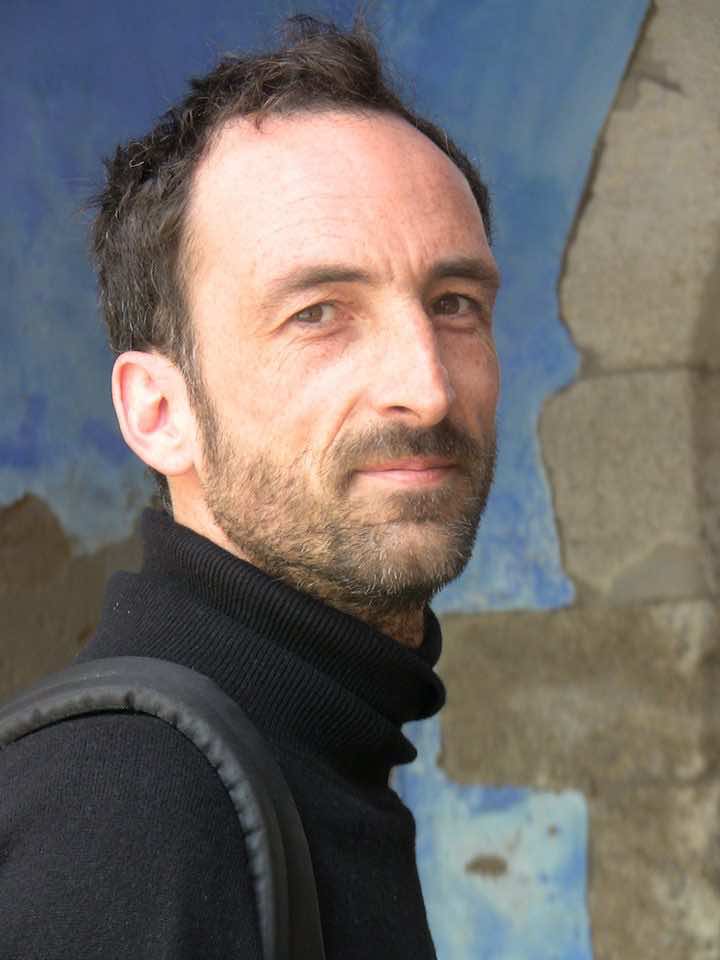Towards the post-Digital in the Humanities? NACMM and Platform HARAKAT as case studies
Article Sidebar

Main Article Content
Taking into consideration the complexity that frames the relationship between Globalization and Decolonization this text aims to unveil the potentials (and the burdens) of the Digital Humanities in relation to artist residencies focusing on North Africa as a geographical framework. Through the text I wish to argue that the Digital Humanities should be seen as both an imperative and an exclusionary process by asking the following questions: What is the impact and social projection of the Digital Humanities in relation to the evolution of artists in residencies in the region? What are its methodological innovations, beyond the application of certain technologies? And in what way do they interconnect and hybridize knowledge(s) in an era of widespread prejudice? These questions, framed by a vision that contemplates, reflects and acts in favor of the different realities and responsibilities of the artists in residency model, are the ones through which first NACMM and afterwards Platform HARAKAT have evolved with the aim to promote the encounters of imaginaries and realities that shape the contemporary Mediterranean.
Article Details
Copyright
For all articles published in Artnodes that are subject to a Creative Commons Attribution 4.0 International licence, copyright is retained by the author(s). The complete text the license can be consulted at http://creativecommons.org/licenses/by/4.0/. You may copy, distribute, transmit and adapt the work, provided you attribute it (authorship, journal name, publisher) in the manner specified by the author(s) or licensor(s).
Authors are responsible for obtaining the necessary licences for the images that are subject to copyright.
Assignment of intellectual property rights
The author non exclusively transfers the rights to use (reproduce, distribute, publicly broadcast or transform) and market the work, in full or part, to the journal’s editors in all present and future formats and modalities, in all languages, for the lifetime of the work and worldwide.
I hereby declare that I am the original author of the work. The editors shall thus not be held responsible for any obligation or legal action that may derive from the work submitted in terms of violation of third parties’ rights, whether intellectual property, trade secret or any other right.
Pau Catà Marlès, University of Edinburgh
Pau Cata has been working in the cultural field as facilitator and curator for more than 10 years. He completed his degree in ContemporaryHistory by the University of Barcelona in 2004 with awarded Erasmus in Italy and Greece. In the same year, he moved to London where he worked at The British Museum and the White Cube Gallery while completing a Diploma in Arts Management from Birkbeck College.
He also participated in different courses on curating at Central Saint Martin’s School of Art and Design and created the curatorial partnership
Nomadic Projects. He has an MA in Critical Arts Management and Media Cultural Studies from LSBU, for which he was awarded a Distinction
and the Course Director Prize for Outstanding Achievement. Since 2009 he has been the founding director of CeRCCa, Center for Research and Creativity Casamarles, an AIR Program and research center outside
of Barcelona. As part of his job, he has been involved in numerous research projects in the field of artist mobility and Artists in Residence
Programs and has curated more than 12 exhibitions. He is currently a PhD candidate at the University of Edinburgh and co-coordinator
of NACMM / North Africa Cultural Mobility Map, Platform HARAKAT and KIBRIT.
Similar Articles
- Eduardo Kac, Transgenic Art , Artnodes: No. 1 (2002): NODE 1. Art, science and technology
- Howard Rheingold, New configurations of identity in Web 2.0 environment , Artnodes: No. 5: (September 2006). NODE 5. Interviews (Editors: Pau Alsina, Pau Waelder)
- Rob Wittig, What world are you from? Learning from the transmedia roots of netprov , Artnodes: No. 18: (November 2016). NODE 18. Transmedia narratives (Editor: Pau Alsina)
- Natasha Lushetich, Idiosyncrasy as Strategy in the Age of Epistemic Violence , Artnodes: No. 20: (December 2017). NODE 20. Art and Research (Editors: Pau Alsina, Ana Rodríguez, Irma Vilà Òdena)
- Angus Forbes, Creative AI: From Expressive Mimicry to Critical Inquiry , Artnodes: No. 26: (July 2021). NODE 26. AI, Arts & Design: Questioning Learning Machines (Guest Editors: A. Burbano & R. West)
- Gemma San Cornelio, Art and identity: a utopian relationship with technology , Artnodes: No. 3 (2004): NODE 3. Heterotipies
- Ricardo González García, Art and art education in the era of digital hypermediation , Artnodes: No. 17: (June 2016). NODE 17. Art and Education (Editor: Aida Sánchez de Serdio)
- Raquel Herrera, Creating the artworld of literature and technology: The Electronic Literature Collection as a key resource for digital art research , Artnodes: No. 19: (June 2017). NODE 19. Art and speculative futures (coord.: Ana Rodriguez Granell)
- Álvaro Pina Arrabal, Videoludic Discourse and Transhumanism in SOMA , Artnodes: No. 28: (July 2021). NODE 28. In the limits of what is possible: art, science and technology (Guest Editors: Paloma Díaz, Andrea García)
You may also start an advanced similarity search for this article.